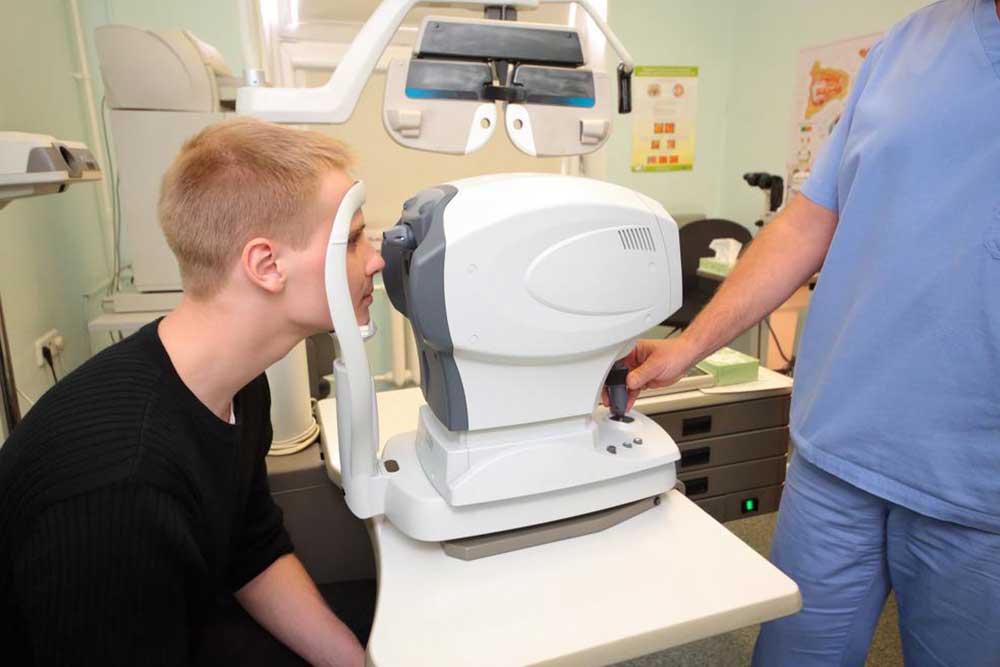Understanding Glaucoma: Essential Facts You Need to Know
Discover essential insights about glaucoma, its causes, symptoms, and treatments. Learn how early detection and proper management can prevent irreversible vision loss. This comprehensive overview helps patients understand the importance of eye health and timely intervention to protect their sight.

Glaucoma is a collection of eye conditions that damage the optic nerve, potentially leading to irreversible blindness. It is one of the primary causes of vision loss worldwide. Higher risk groups include individuals over 40 years old, particularly African Americans and Hispanics, as well as those with a family history of the disease.
This condition often results from increased intraocular pressure due to impaired fluid drainage in the eye's anterior chamber, which nourishes ocular tissues. Elevated pressure damages the optic nerve fibers responsible for transmitting visual signals to the brain, causing progressive vision loss.
Various factors contribute to glaucoma, including age-related decline in eye drainage efficiency, blockages at the drainage angle due to lens enlargement, eye injuries or medical conditions, and reduced blood flow to the optic nerve. These factors collectively or individually increase the risk of optic nerve damage.
Since glaucoma often progresses silently without noticeable symptoms initially, early detection is vital. Symptoms such as blurry vision, eye pain, halos around lights, nausea, and vomiting are more common in acute cases.
Effective management focuses on lowering eye pressure through medications like eye drops, laser treatments, or surgery. When medications are insufficient, surgical interventions such as creating a new drainage pathway can prevent further nerve damage, preserving vision.
Note: This information is educational and should not replace professional medical advice. Consult an eye care specialist for personalized diagnosis and treatment options.










